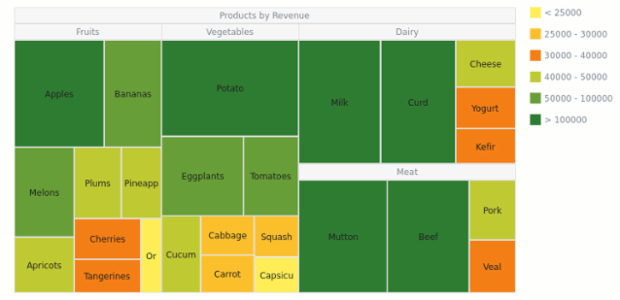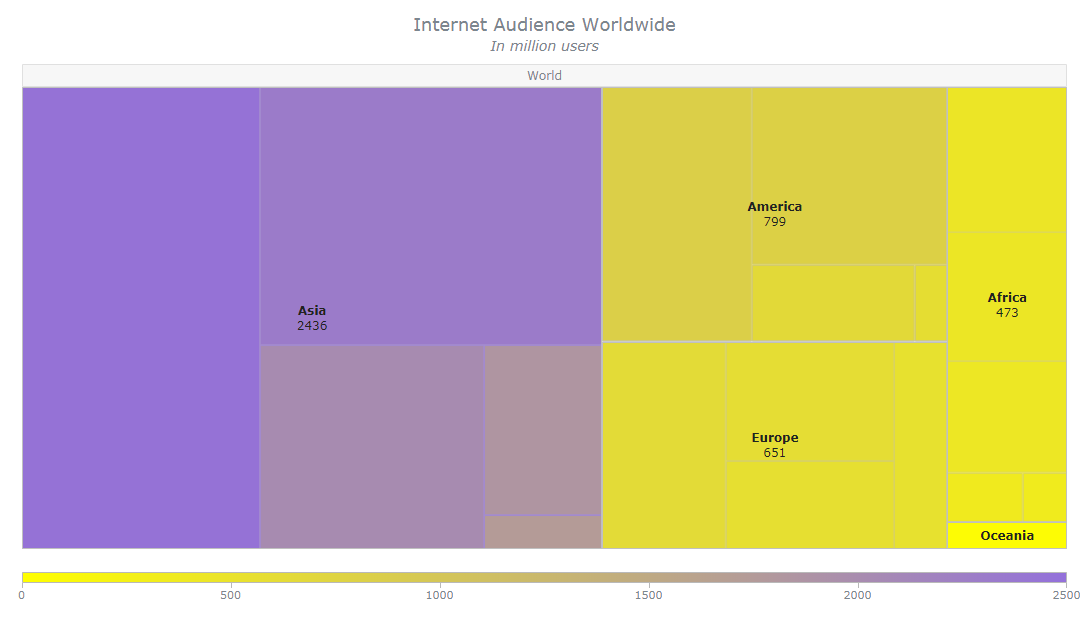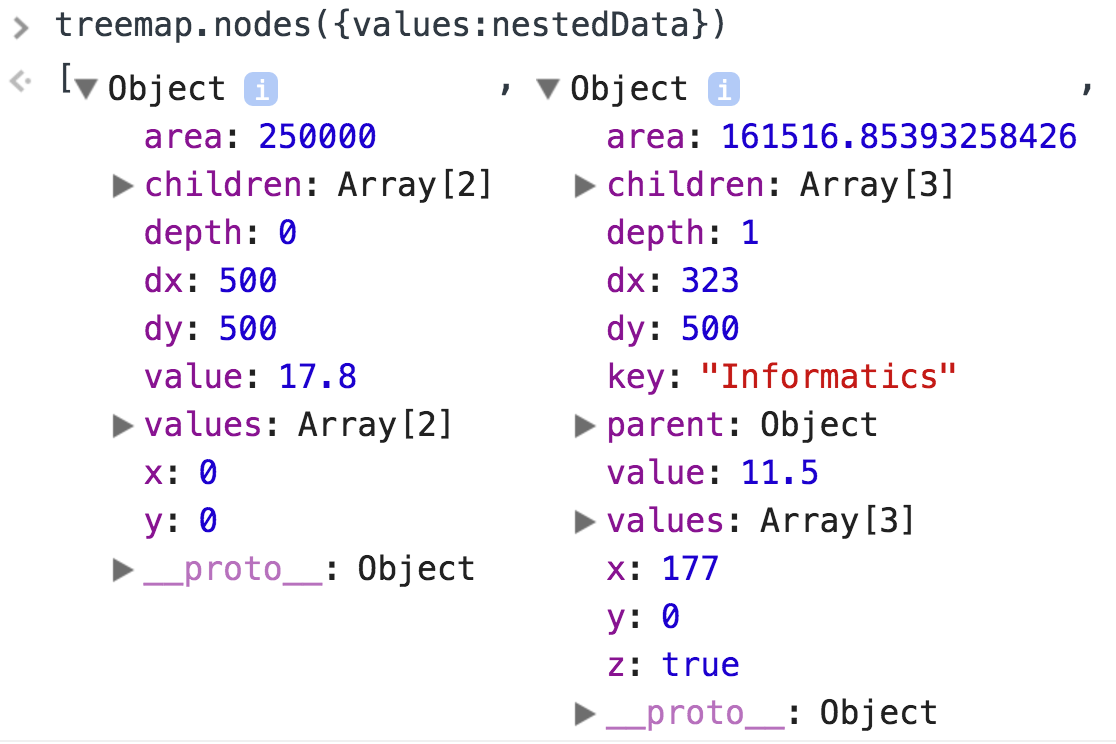

Then I’ll show you how to create a cool and colorful interactive visualization like that with JavaScript (and you can do it even if you don’t know it too well). I’ll explain what a sunburst chart is and how it works, to start with. So before we get to business, let’s make sure we’re on the same page. This sunburst charting tutorial is mainly for beginners to data science.

Here is a sneak peek of the final chart to get you excited: Scroll down to explore it by yourself and check out the tutorial along the way. My JS sunburst chart provides an overview of the situation as of November 24, 2020, and also shows the global count, continent-wide data, and country-wise proportions for the current active COVID-19 cases and deaths. And here I am - (1) sharing my interactive sunburst chart of COVID cases and (2) describing how I created it using JavaScript in a matter of minutes, step by step! The process was quick and I thought someone could be interested to learn about how such data visualizations can be built in a pretty straightforward way, even with very little technical skills. So I created a sunburst chart to see at a glance what continents and countries are more (and less) affected by the coronavirus than others. (Stack: jQuery/CodeIgniter/PostgreSQL.)Īlmost recovered from COVID-19 myself these days, I decided to explore how the world is currently doing, during the pandemic. But Rodrigo Gómez Conejo, Head of ICT and Knowledge Management Area at Cesefor, allowed us to let you in and even gave us a brief interview disclosing some peculiar details about the system and how An圜hart is employed - check it out below. Shh, it is still in beta, not yet officially launched. Such a new interesting one demonstrating great use of An圜hart has recently come to our notice and we are happy to let you know about it.Ī Spanish nonprofit, Cesefor used our JavaScript charting library to visualize forestry data for the Spanish region of Castile and León in a whole lot of different charts and maps, aiming to make relevant insights easily accessible and actionable for sustainability. Some projects, however, deserve a showcase. So it is hardly surprising to come across a graphic powered by An圜hart here or there. "Capital" field is the meta data, it is not required and you can add any number of extra fields you need.Many thousands of developers worldwide use our solutions for interactive data visualization. In our example, we show the countries divided by the geographical parameter, and the values they show are their area. This way of arranging the data is expected by a TreeMap as a default. Let's now take a look at both ways of arranging the data.

If this parameter is not set, this point will be valued as missing and won't be displayed "value": numerical value which usually defines the point's color (colors are distributed by the color scale by default unless some points have specially defined colors).This parameter is necessary for all elements, or nodes "id": a unique parameter that identifies the point.Regardless which way we decide to use, there are some parameters we have to define to all points. As TreeMap is intended to work with hierarchies, you can set the data in one of two available formats: as an hierarchical tree and as an hierarchical table. Working with data in An圜hart TreeMaps is quite simple. This diagram is an upgraded version of the Marimekko chart. If one of those elements appears to be a parent element too, it will be shown in the header and its children will be demonstrated within it. Child elements look like rectangles of relative dimensions which depend on the values these elements represent. The top rectangle is a parent element, unless you drilled down into a structure. Treemap chart is a tree designed as a rectangle divided into a set of rectangular elements. TreeMap is intended to demonstrate hierarchically ordered data structures, where all elements have a parent element, except for the root (the highest/eldest element in the hierarchy).

Moving Average Convergence Divergence (MACD).


 0 kommentar(er)
0 kommentar(er)
